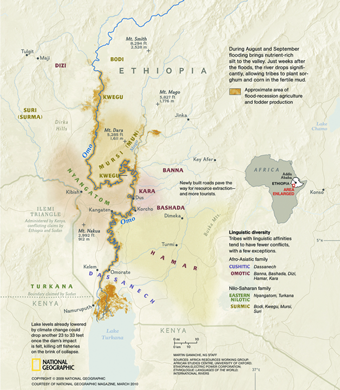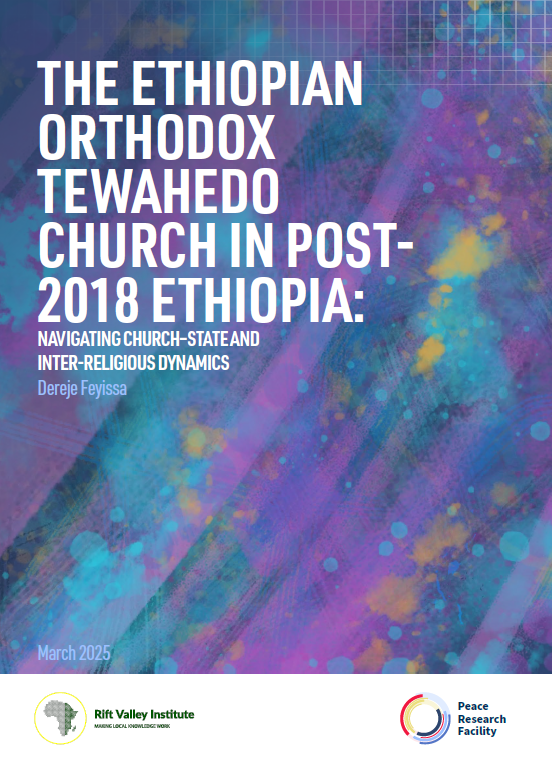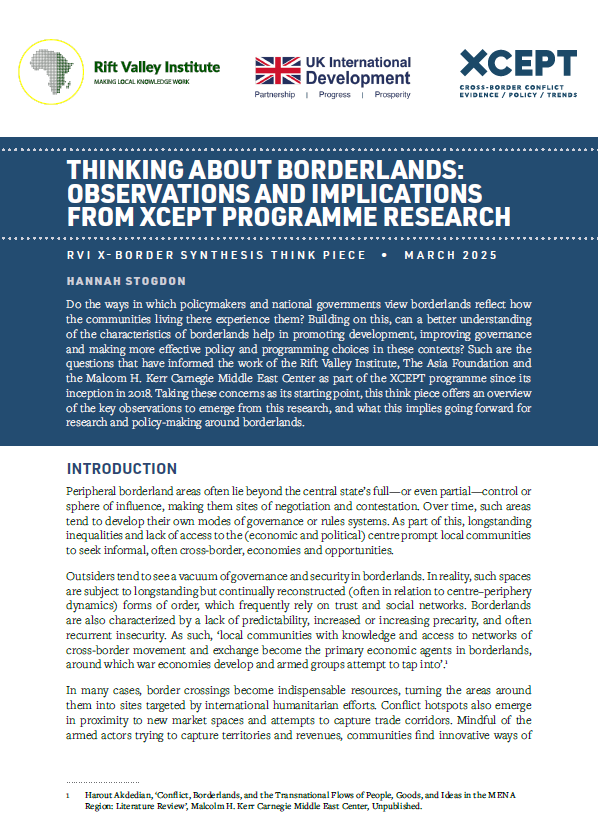Development projects on the Lower Omo River in Ethiopia threaten to cause major ecological and social changes in Kenya’s Lake Turkana region. The Gibe III Dam—scheduled to start filling in May 2015— will transform annual flood patterns; and the expansion of irrigated plantation agriculture will impinge on current livelihood activities on the river and lake.
These developments were the subject of an experts’ meeting held in Nairobi on 3 July 2014 under the auspices of the International Rivers Network, Friends of Lake Turkana and the Rift Valley Institute. The aim of the meeting was to share information about the situation and to develop a plan of action to address the most pressing issues.
The intention of the Government of Ethiopia, it was noted, is to encourage irrigated agriculture in the Omo Basin on a scale that would mean that the Omo, which currently supplies 90% of Lake Turkana’s water, would cease to be a significant contributor to the flow. As a result, it is estimated that the level of Lake Turkana may drop by 20 or 30 metres. This is liable to result in two lakes where there is now one. Ethiopia has indicated that it is willing to negotiate with Kenya via UNEP regarding the impact of the dams, but progress seems to have stalled.

Sean Avery, a consultant engineer and hydrologist, outlined the central arguments of his 2013 pamphlet “What Future for Lake Turkana?”. The Gibe III dam, he said, is likely to be completed this year or next. The dam will generate as much electricity as the whole of Kenya currently produces. The intention is to connect this new supply to the East African Power Pool by landline from Ethiopia to Kenya.
The project will radically lower the level of the lake. There is a plan for subsequent controlled release of water from the dam to mimic the natural flood cycle (a cycle that is vital for the productivity of the lake’s fisheries), but this plan is unlikely to function successfully.
Ethiopian plans for hydro-electric power thus have consequences at every level, from local to international. UNEP has made attempts to bring Ethiopia and Kenya together to discuss these, and there is a framework agreement between the two governments dating from 1979. But so far the issues have not been properly addressed by either government. The Government of Kenya has never been formally consulted about the likely effects of the dam and local people have had little or no say in the projects currently underway. There is no comprehensive environmental impact assessment of Gibe III and the associated commercial plantations.
Friends of Lake Turkana recently won a court case that obliges the Government of Kenya to reveal the costs of power from Gibe III. These are likely to be higher than those of power currently generated in Kenya. There is a need to raise awareness of the other implications of the Ethiopian plan.
The result of the developments on the Lower Omo, according to the meeting, is likely to be a slow death for Lake Turkana and the ecosystem it supports. This will result in the progressive impoverishment of the human population.
The video “A Cascade of Development on the Omo River” by the International Rivers Network was shown at the meeting, and isavailable in English and Amharic below.


